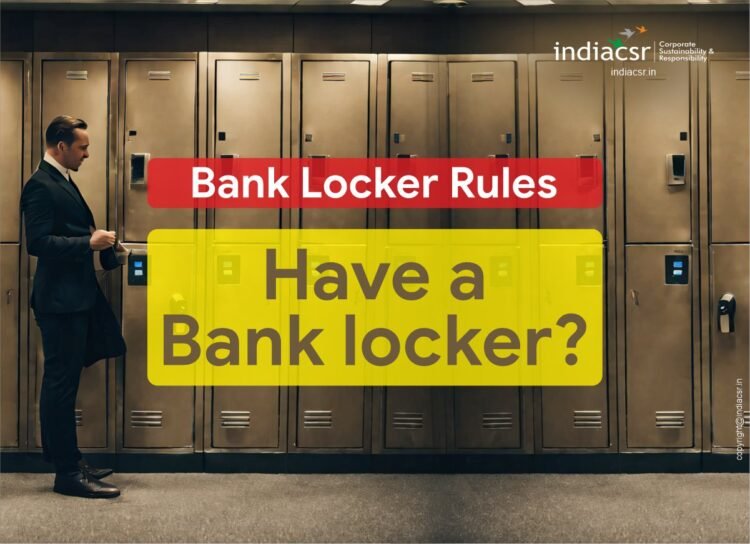Have you ever looked at a precious heirloom and wondered, “where can I keep this safe?” Or perhaps you’ve heard horror stories about people losing everything in a bank robbery and wondered, “are my belongings truly secure?” Well, wonder no more! Bank lockers can be your unexpected ally in the quest to safeguard your valuables, but navigating the rules and regulations can feel like deciphering an ancient scroll. Fear not, dear reader, for this guide will be your torch, illuminating the path to understanding bank lockers.
Are you eyeing a secure spot for your valuables but find the world of bank lockers wrapped in mystery? Whether you’re a seasoned locker user or contemplating the leap, this article sheds light on the nuances of bank locker agreements, fees, fine print, and, importantly, your rights as a customer.
Let’s embark on a journey to demystify the essentials of securing your treasures.
1. The Open Door Policy: Accessing Bank Lockers
Imagine walking into a bank, any bank, with the intention of securing a locker for your valuables. The first revelation in our journey is quite a surprise: you do not need an existing account at a bank to rent a locker there. Picture this – your paycheck lands in Bank A, your savings swell in Bank B, and then there’s Bank C, a place you’ve never transacted with. Yet, it is Bank C where you decide to keep your precious items. This is entirely possible. All that’s required is a straightforward KYC process, and voila, you’re eligible for a locker in a bank where you’ve previously had no ties.
***
2. The Quest for Availability: Locker Allocation Transparency
A common hurdle many encounter is the “No Lockers Available” sign. However, the winds changed in August 2021, with the RBI mandating a transparent process. Banks now keep a public record of empty lockers and a waitlist for eager customers. This means, upon applying for a locker, the bank must acknowledge your application, respond promptly, and either allocate a locker or place you on the waitlist. This initiative ensures that the process is transparent and accountable, marking a significant step towards customer empowerment in the locker allocation journey.
***
Remember, a bank locker can be your trusted companion in safeguarding your valuables, but understanding the rules and taking informed decisions is key to unlocking its true potential.
***
3. The FD Requirement: A Safety Net for Banks
Venturing further, we encounter a peculiar requirement – the Fixed Deposit (FD) mandate for new customers seeking lockers. While this might seem like a hurdle, it’s a safety net for banks. The logic is straightforward: should there be any default or neglect, the bank has a fallback. The FD, however, isn’t an arbitrary amount; it’s pegged to three years of locker rent plus any associated charges for breaking open the locker due to non-payment or inactivity. This rule ensures a balance between customer convenience and bank security.
***
4. The Power of Nomination: Securing Your Legacy
Often overlooked, the nomination is a cornerstone of locker management. Banks are mandated to offer a nomination facility, underscoring the importance of securing your legacy. Understanding the nomination process, the ability to change nominees, and knowing the rights and responsibilities of your nominee are pivotal. In the event of the locker holder’s demise, the nominee plays a critical role, making this aspect one of the most critical in managing your locker.
***
5. The Insurance Illusion: Understanding Liability Limits
Our final stop brings us to a crucial realization – the contents of your locker are uninsured by the bank. While banks do shoulder a degree of liability, it’s capped at 100 times the annual locker rent. For instance, if your annual rent is Rs 5,000, your valuables are covered up to Rs 5 lakhs against incidents like fire, theft, or building collapse. This highlights the importance of separately insuring valuable items stored in the locker, ensuring peace of mind and financial security.
(India CSR)























